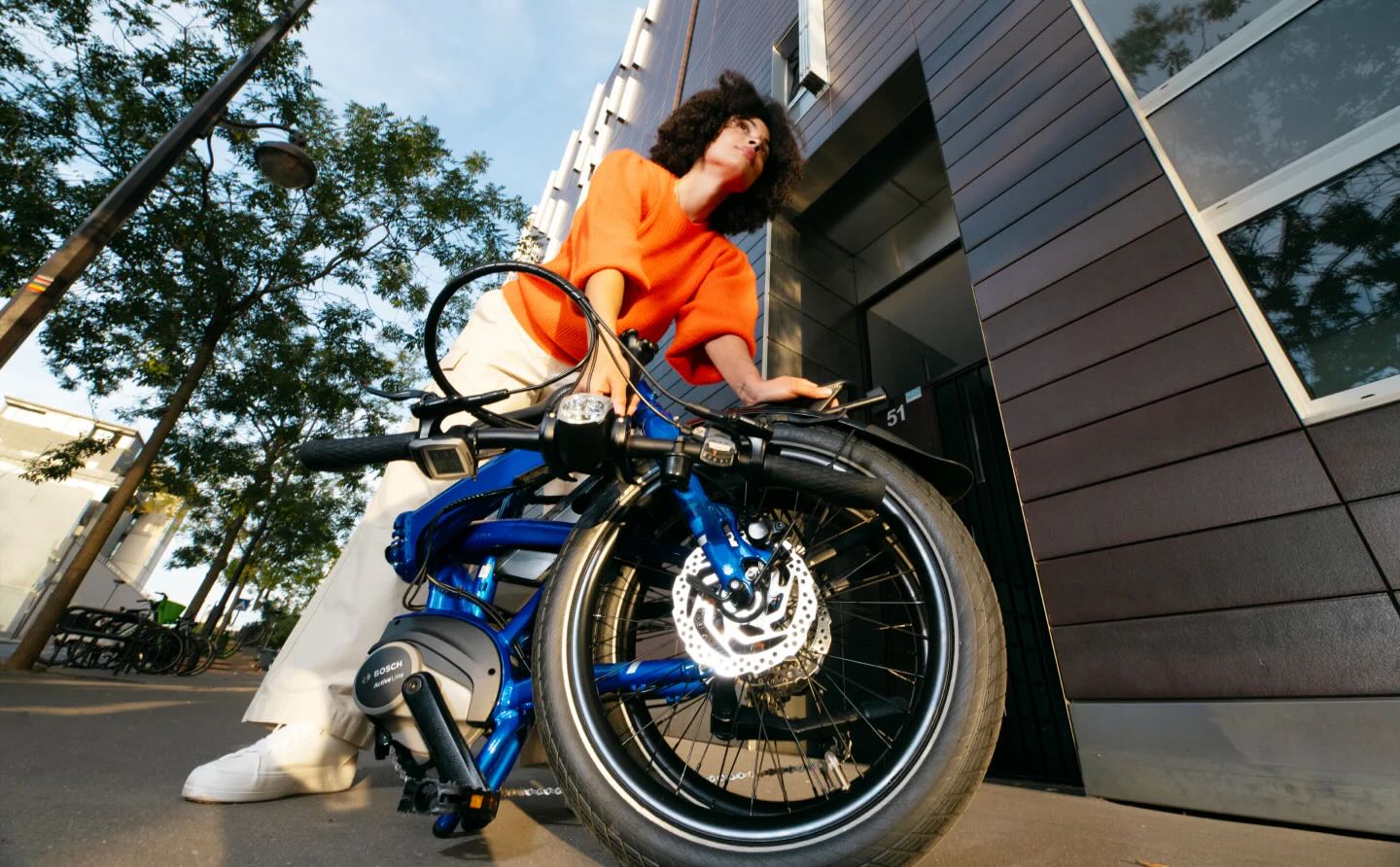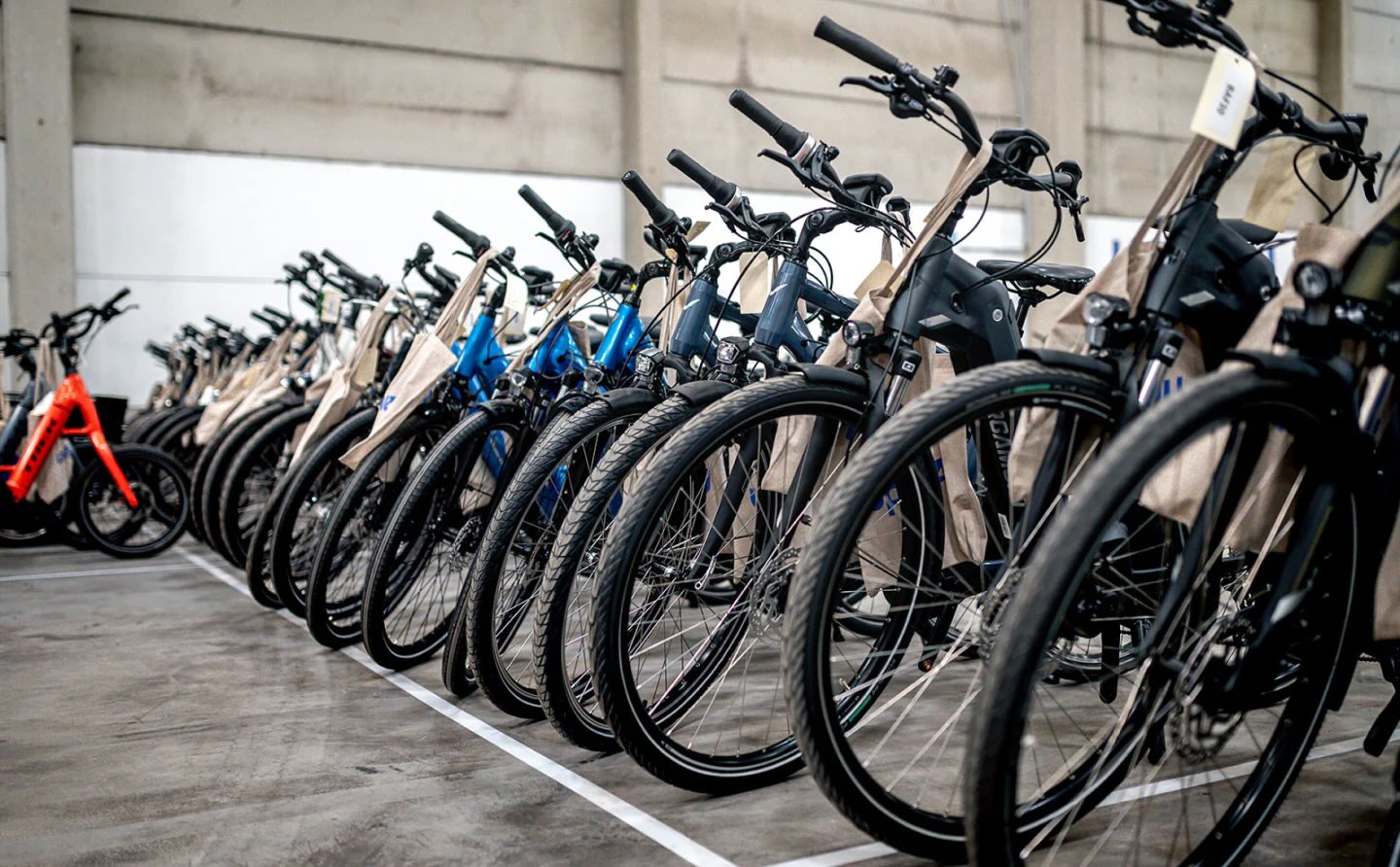When scientists set out to track thick-billed parrots using tiny solar-powered "backpacks," they had no idea the research would reveal a need to ramp up conservation efforts for the endangered species.
As Mongabay reported, San Diego Zoo Wildlife Alliance scientists partnered with the Mexican conservation activists Organización Vida Silvestre (OVIS) to study the birds' migratory patterns and determine which habitats need better protection.
They outfitted 57 thick-billed parrots with lightweight sun-powered backpacks that contain transmitters to track the birds' movements, and the data has led to some surprising discoveries.
"It opened up a whole new world of good decision-making for us," Ernesto Enkerlin-Hoeflich, scientific director at OVIS, told Mongabay. "We were able to confirm, in some cases, areas that we were already trying to protect, but we were also able to detect additional areas."
The team launched the research project in 2019 and collected more than 70,000 data points over four years that have exposed unprotected areas along the birds' migratory path.
That discovery prompted the Mexican government to conserve 43 additional natural areas for the parrots, including a sanctuary that protects more than 1,000 acres of habitat.
Watch now: How bad is a gas stove for your home's indoor air quality?
The data from the tiny backpacks revealed a 10% increase in the population of thick-billed parrots in Mexico — an exciting finding considering their numbers have declined because of habitat loss, illegal logging, and warming temperatures.
Thick-billed parrots once lived in the American Southwest and roamed all the way south to Venezuela, but they're now mostly restricted to the Sierra Madre Occidental mountain range in Chihuahua and Durango, Mexico.
Because the birds continue to lose viable habitat, the San Diego Zoo team and OVIS have made it their mission to help preserve as much land along their migratory routes as possible. They've been working with local communities for more than 30 years on conservation efforts, but a lack of data made it difficult to know more about the birds' migration habits.
"We realized we could capitalize on how transmitters have shrunk, both in size and weight, to safely deploy them on these birds," James Sheppard, a scientist in recovery ecology at the San Diego Zoo, told Mongabay.
TCD Picks » Upway Spotlight
💡Upway makes it easy to find discounts of up to 60% on premium e-bike brands
|
Would you want a garden that can take care of itself? Click your choice to see results and speak your mind. |
The solar-powered backpacks weigh just 9 grams — similar to the weight of Apple AirPods — ensuring the birds can still fly and move normally. Researchers have tracked the birds' movement paths as they migrate south for the winter, created models to study their migration corridors, and learned more about their seasonal home ranges.
However, the biggest takeaway from the findings was that roughly 80% of the parrots' habitat had no formal protections. Armed with the data from the satellite backpacks, the team now knows exactly where conservation areas should be established.
"With this technology, we're even able to know exactly how many kilometers they fly every day and so we're able to intervene in a much better way," Enkerlin-Hoeflich said.
Sheppard explained that by expanding habitat protections for thick-billed parrots, other species that share their home, such as bobcats, skunks, and pumas, will also benefit. And since several Indigenous communities depend on the forests for their food, water, and livelihoods, protecting them is critical for their survival as well.
"Now, with the sustained engagement of local stakeholders, we hope to successfully recover wild populations of thick-billed parrots as well as old-growth forests, and perhaps one day, use this information to reintroduce thick-billed parrots to their former ranges, including in the U.S," Sheppard told Forbes.
Join our free newsletter for weekly updates on the latest innovations improving our lives and shaping our future, and don't miss this cool list of easy ways to help yourself while helping the planet.














